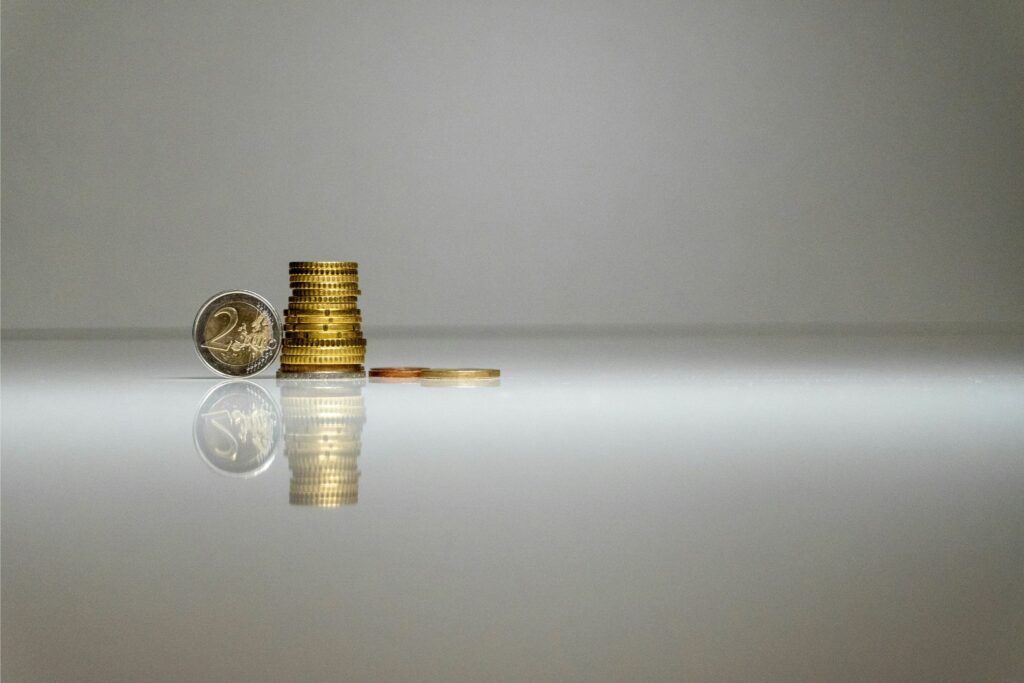We frequently find ourselves stuck in the 9–5 grind in our quest for financial success because we think there is no other practical way to get wealthy. However, what if there were different approaches and resources that might give wealth creation a fresh perspective? Now for some advice from the renowned author of “Rich Dad, Poor Dad,” Robert Kiyosaki.
Rethinking wealth: Lessons from “Rich Dad, Poor Dad” by Robert Kiyosaki
Since its initial release more than 20 years ago, “Rich Dad, Poor Dad” has undergone numerous updates. In it, Kiyosaki draws a comparison between the financial beliefs of his best friend’s father, who was an entrepreneur who concentrated on amassing wealth through a variety of assets, and those of his biological “poor dad,” an academic and teacher.
Kiyosaki, who described himself as a “D, F, and C student on a good day,” struggled in school despite his father being an academic success. “Poor dad” of Kiyosaki was a Ph.D.-holding teacher with flawless credentials from Stanford, the University of Chicago, and other prominent academic institutions. He stressed the value of a traditional education and job path.
Kiyosaki started to challenge this traditional thought at a young age. “When do we learn about money?” He asked his fourth-grade teacher when he was nine years old, and was informed that financial education is not taught in schools.
This confused Kiyosaki. If learning about money doesn’t prepare you for the real world, then what good is education? According to Kiyosaki, instead of teaching financial literacy in schools, people are instead trained for vocations where they must work for pay, rather than creating assets that significantly increase cash flow and open doors to wealth.
Kiyosaki consistently questions the conventional view of work and exposes us to alternative viewpoints that prepare us for financial independence. You can take a look at some of Kiyosaki’s non-traditional wealth-building techniques below, which you can use to find sources of income outside of your day job.
Value cash flow over paychecks
In contrast to Kiyosaki’s father, his “rich dad” was an affluent businessman with an entirely different philosophy on life and no formal education.

Kiyosaki developed a financial theory that stresses the value of creating assets that create cash flow, such as businesses and real estate, rather than depending solely on an employer’s wage, thanks to the lessons he acquired from his “rich dad.” According to Kiyosaki, the conventional route is “to be a slave for money and work for idiots like me.”
Understand the distinction between good and bad debt
Regarding Kiyosaki’s perspective on debt, he distinguishes between good and bad debt. In his view, taking out loans for assets that generate income, such as real estate, enterprises, or investments, is a good way to increase wealth. As part of his financial plan, Kiyosaki himself carries nearly $1.2 billion in debt. He believes that if he fails, the bank will be at fault, not him.
Make sensible use of debt
Kiyosaki hasn’t accumulated debt carelessly. Using the borrowed funds, he bought more material possessions, such as silver and gold. Kiyosaki contends that it makes more sense to use these assets as collateral for loans in other ventures, particularly real estate, rather than following conventional financial advice, which frequently advises people to avoid debt. According to Kiyosaki, if debt is carefully employed to produce cash flow and tax benefits, it can be an effective tool for asset acquisition.
Budget like the rich
It would be better to focus on increasing your income rather than cutting back on spending. This can facilitate a more efficient attainment of your financial objectives. In contrast to conventional wisdom, which dictates that you should prioritise your spending, Kiyosaki advises concentrating on your income until you can use sources such as dividend payments, rental income, side gigs, or internet sales to cover your expenses stress-free.
Purchases of assets, rather than liabilities, are clearly the focus of Kiyosaki. Passive income can be produced by taking on good debt, which includes investments in stocks, bonds, real estate, and intellectual property. Rich people, according to Kiyosaki, know how to distinguish between an asset and a liability. According to Kiyosaki, an asset is something that increases your wealth, but a liability only serves to decrease it.
Boost your understanding of finances
According to Kiyosaki, don’t cut corners when it comes to improving your money management abilities and broadening your financial knowledge. It is imperative to possess financial literacy. Acquiring riches requires more than just a traditional education; it also requires developing a thorough understanding of finances. Arm yourself with information about investing techniques, money management, and how to make your money work harder for you.
Govern your financial future by yourself
The idea that the initiative is entirely on you is something that Kiyosaki highlights. People are not born into wealth at random. It has been accumulated via deliberate choices and the guts to take chances. A steadfast dedication to achieving wealth is the first step towards financial riches.
Invest time and energy in pursuing your own company goals as opposed to stoking the aspirations of others. Your commitment to building something original and very personal will pave the way for your financial success.
Embrace risk
Avoiding challenges and living in fear of failing can be major obstacles on your path to financial success. We are frequently unable to try new things and leave our comfort zones because of this fear. According to Kiyosaki, in order to overcome this anxiety, one must realise that failure is only a short setback and not an indication of ultimate defeat.

He advises viewing these as chances for growth and learning, remembering that every setback or mistake provides lessons that might help you make better decisions in the future. In Kiyosaki’s view, taking risks should be thoroughly considered and enthusiastically embraced, rather than avoided.
Kiyosaki places a strong emphasis on breaking down barriers and going against the grain. Remaining in the comforts of familiarity and habit may mean passing up chances to build riches. Setbacks turn into a vital springboard for bigger successes.
(Tashia Bernardus)
